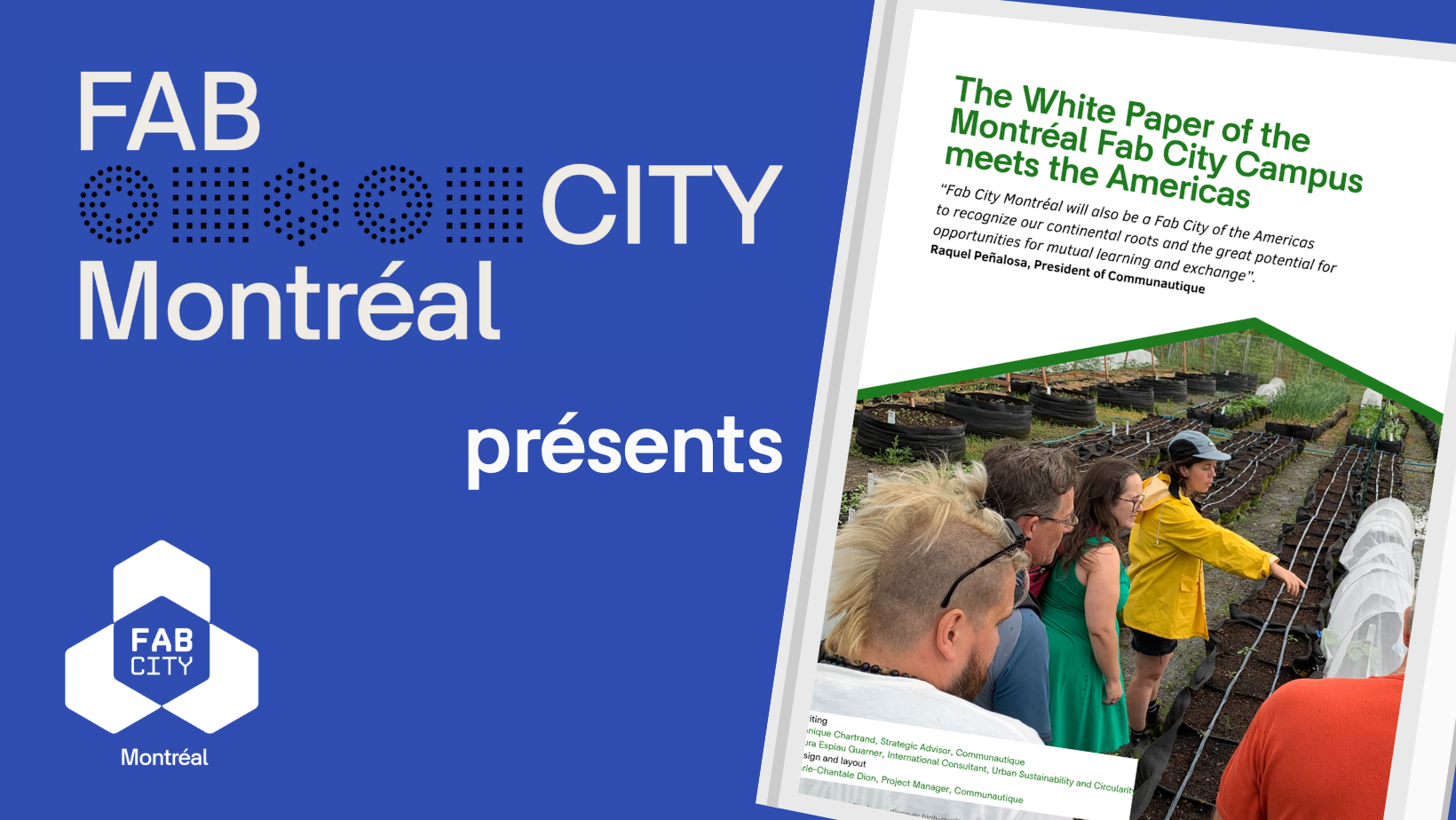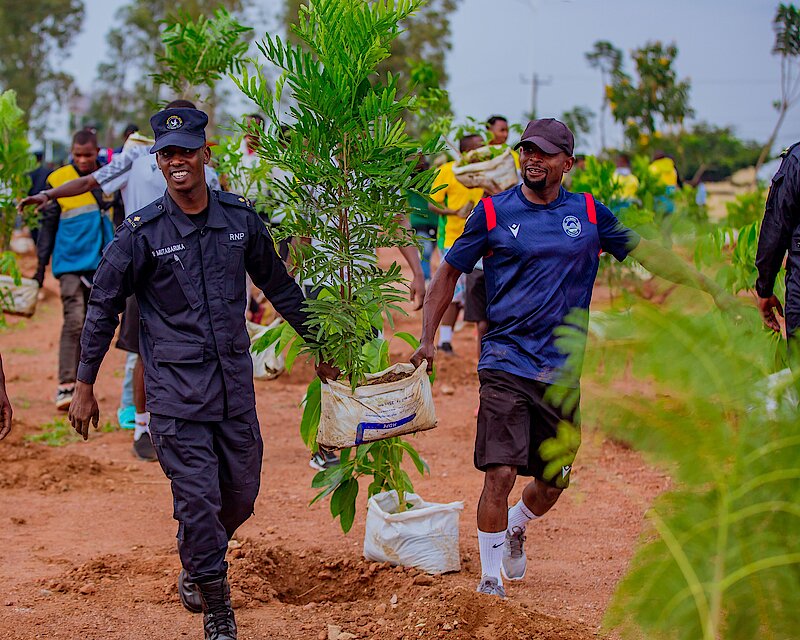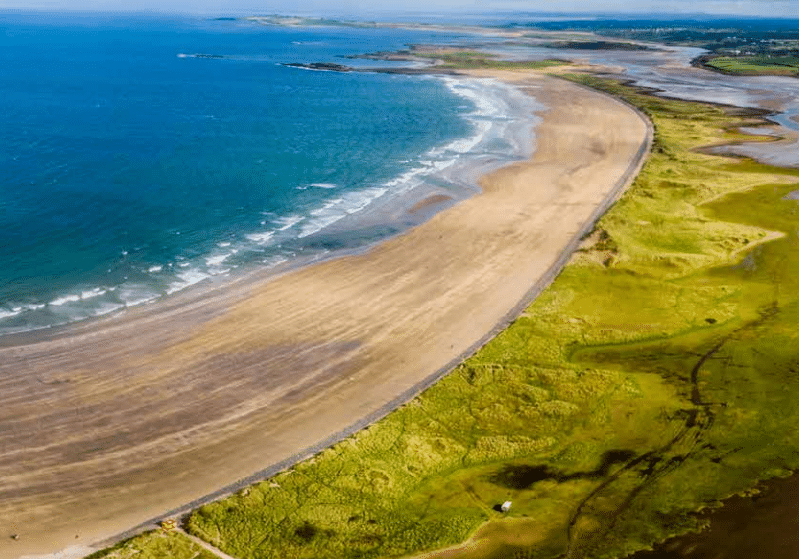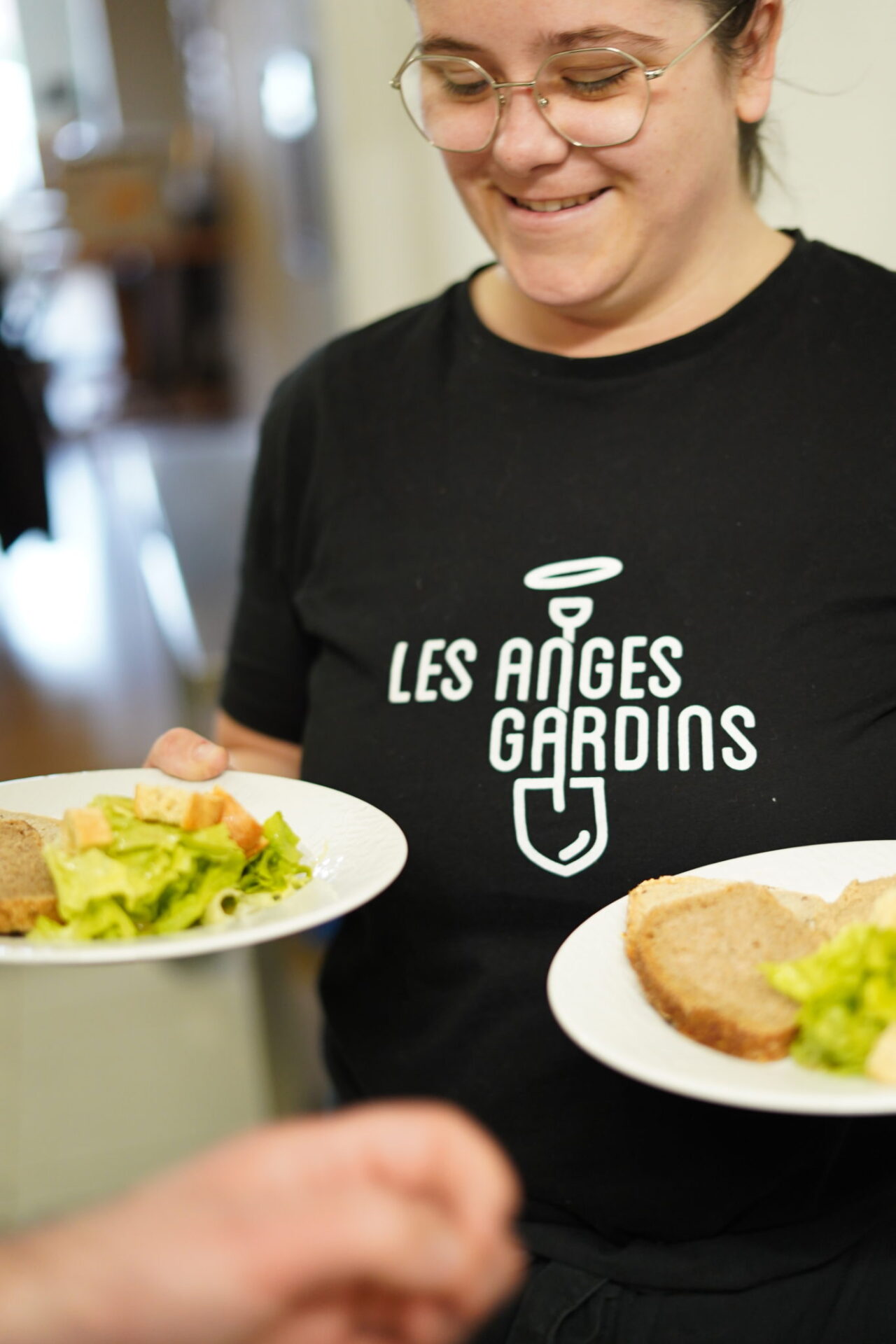The White Paper of the Montréal Fab City Campus meets the Americas
The White Paper resulting from the Fab City Campus Montréal, *At the Meeting of the Americas*, is an invitation to continue the collaborations initiated with the Fab Cities across the Americas. Its objective is, among others, to promote collaboration among the various actors within the Fab City community to foster a bioregional approach to the transition toward a new productive model that enhances human relationships with other species.





